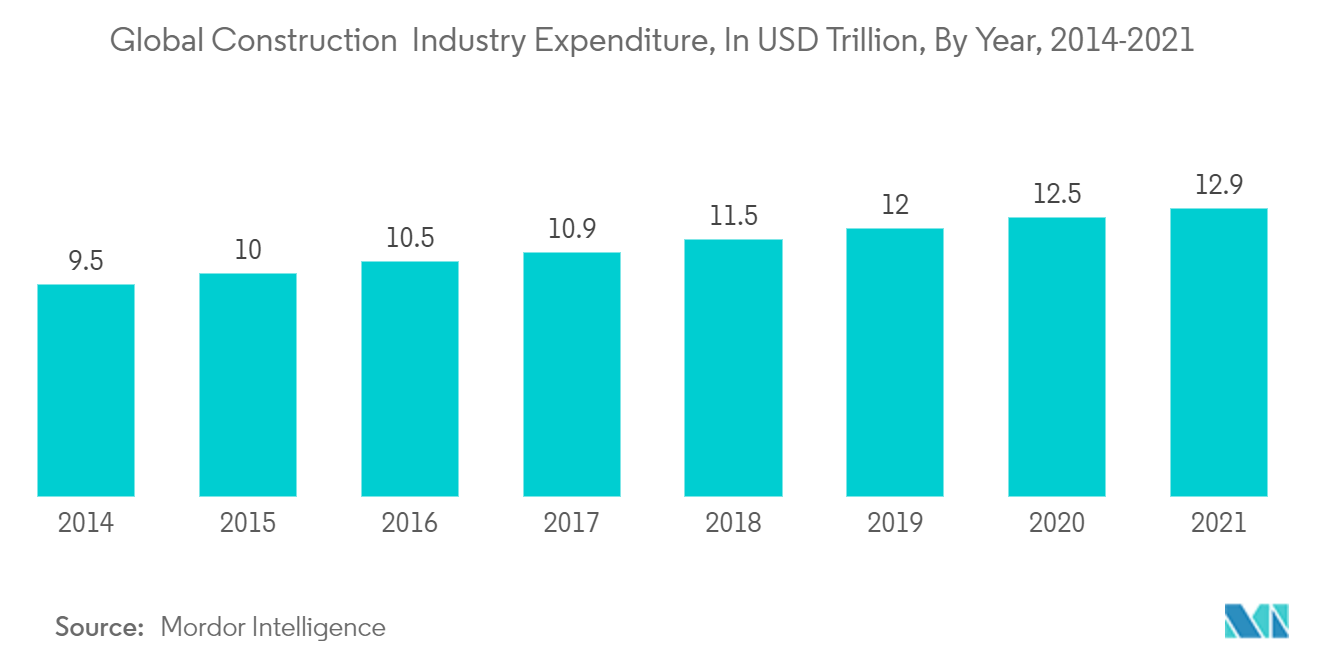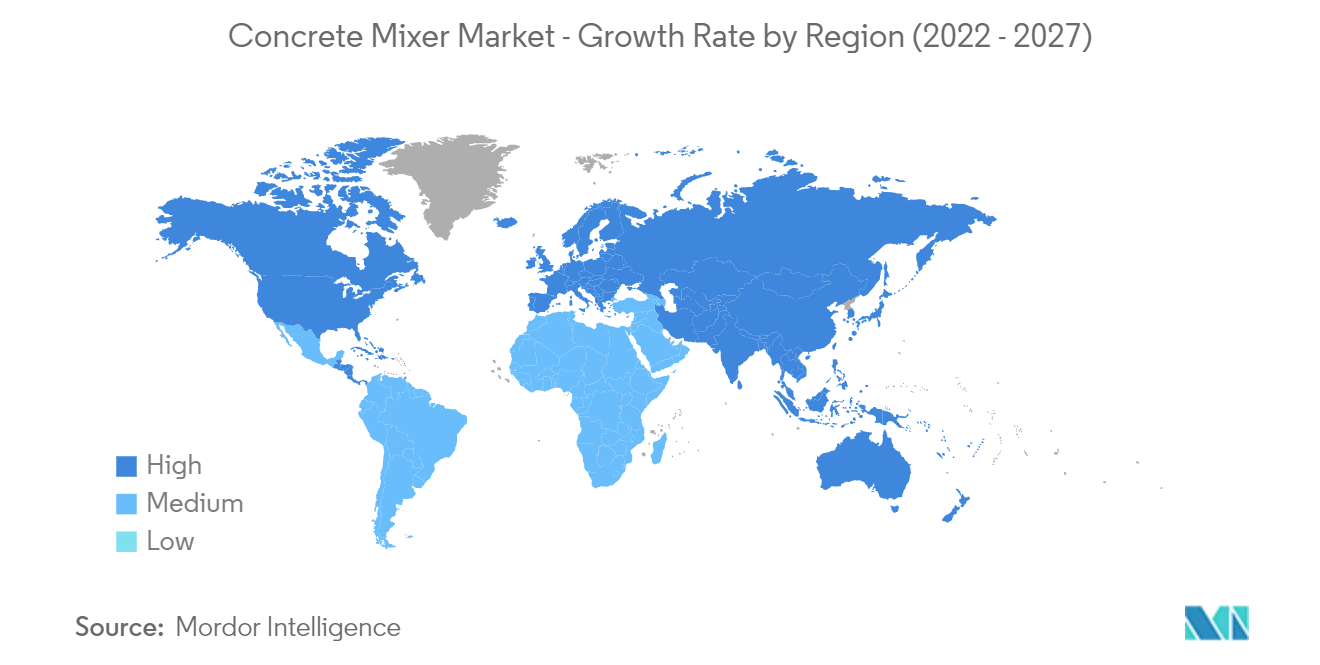Market Trends of Concrete Mixer Industry
This section covers the major market trends shaping the Concrete Mixer Market according to our research experts:
Residential Construction is Contributing Toward the Concrete Mixer Market's Growth
- Cities are expanding at an astounding rate, creating the incredible potential for developing local economies where citizens require adequate, affordable housing. To offer affordable housing for homeless and vulnerable families, governments are adding provisions in their budgets to promote sustainable communities and housing initiatives. For instance,
- The housing industry in India is one of the fastest-growing industries, with an estimated deficit of roughly 18 million dwellings, 99% of which are in economically disadvantaged parts of society. The Indian government has developed many housing projects, such as the 'Homes for All initiative,' which intends to provide people with affordable housing by 2022.
- Following a protracted construction business downturn, the number of new builds is increasing in many established and emerging nations. Residential construction in the United States and globally has increased considerably post-pandemic. The recovery of the global economy has boosted house buyer confidence, increasing demand for new single-family and multi-family homes.

Asia-Pacific is Expected to Lead the Concrete Mixer Market
- China, Singapore, and India are driving the concrete mixer market's growth, whereas Japan is struggling due to the decline in housing, as Japan's population is shrinking.
- China will likely emerge as the largest market, followed by India, Indonesia, Japan, and South Korea. Ongoing mega projects in China need a lot of machinery and materials to be displaced from one part of the country to the other. Projects like the Zhongwei Ji'an Natural Gas Pipeline project, Liuzhou-Wuzhou Railway Line, Belt and Road Initiative, and Zhengshen Foshan Expressway will require the deployment of many construction equipment. China announced investments of USD 1.1 trillion in infrastructure projects in 2021. Chinese construction equipment sales reached around USD 58 billion and accounted for 20% of the global construction equipment market in 2021.
- China's multibillion-dollar "One Belt, One Road" program, often known as the China Silk Road, aims to connect Southeast Asia to Eastern Europe and Africa via 71 nations that account for half of the world's population and one-fourth of the global GDP. The program is creating excellent prospects throughout Asia and its surrounding countries. The plan is set to complete in 2049 and thus contribute to the growth of the concrete mixer market in the Asia-Pacific region.
- India and Indonesia are also witnessing a rapid rise in construction equipment sales. In India, construction equipment sales are rising due to the large-scale undertaking of construction road projects and logistical corridors, while in Indonesia, construction equipment sales are driven by the construction of manufacturing zones. Thus, with companies coming up with new launches to increase their market share in this segment, the market is expected to grow over the forecast period.
- On the other hand, India is likely to be one of the fastest-growing construction markets in the world, as the country may overtake China as the most populous country by 2022. Furthermore, India is likely the largest market for housing in the world, as it may need to build millions of houses over the years to meet the needs of its growing and rapidly urbanizing population. Additionally, Asia has a presence of some of the top construction companies whose collective sales account for around 50% of the global sales in the construction industry.


